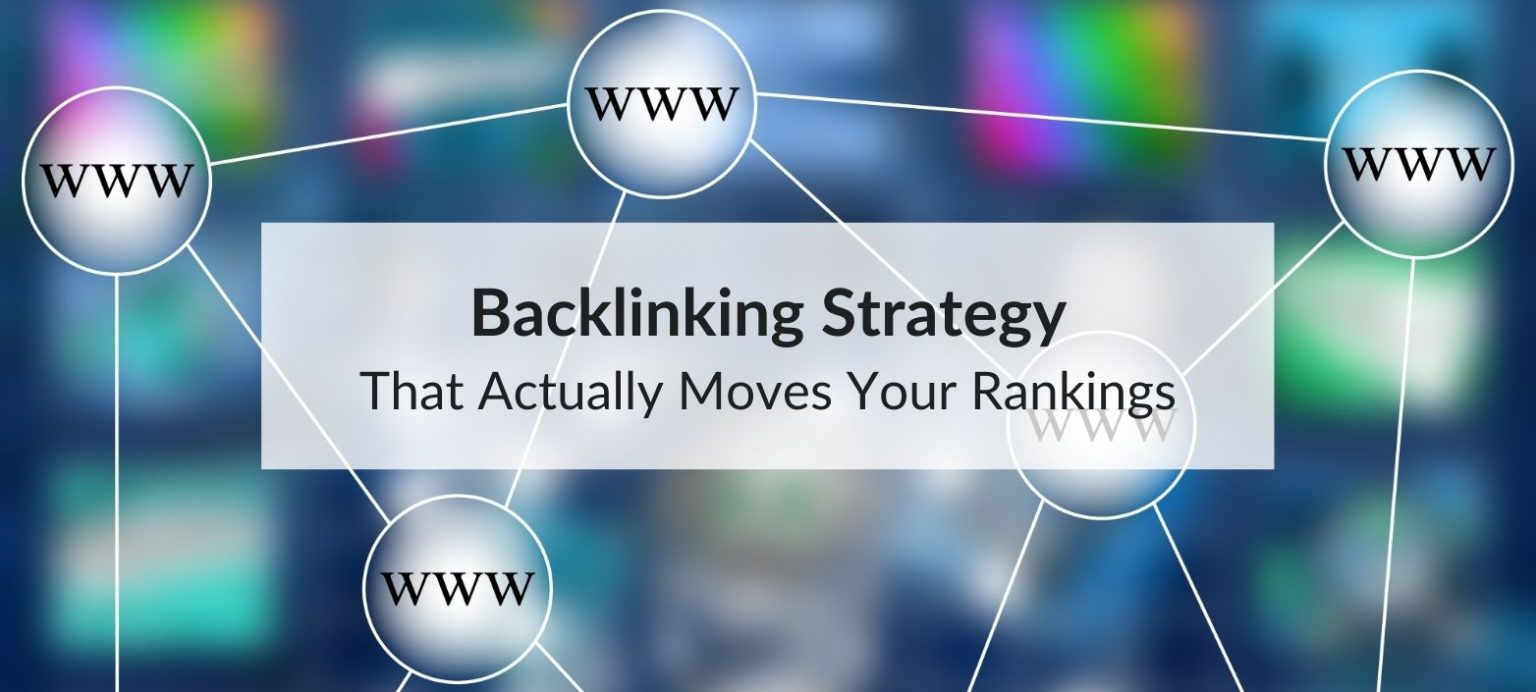An effective backlinking strategy remains one of the most important components of successful SEO especially for e-commerce businesses and online retailers looking to improve their organic search rankings. Yet, many find that despite investing in content and on-page optimisation, their rankings remain stagnant. The common issue? A backlink approach that prioritizes volume over relevance and quality.
In this article, we’ll outline a proven backlinking strategy that focuses on building high-quality, contextually relevant links. This method strengthens domain authority, improves keyword rankings, and attracts qualified traffic.
What Makes a Backlinking Strategy Actually Effective?
Backlinks are still one of Google’s top ranking signals. But not all links are created equal. A strong backlinking strategy focuses on quality, relevance, and scalability.
Let’s explore what that looks like.
Authority + Relevance = Ranking Gold
Getting a backlink from a high-authority domain like TechCrunch or HubSpot sounds great. But if you’re a pet supplies store and the backlink is buried in a blog about AI, it’s not going to move the needle.
What Google wants: Backlinks from trusted websites in your niche or adjacent verticals. Think: industry blogs, review sites, suppliers, directories, and partners.
Link Placement and Anchor Text Still Matter
Buried footer links or generic “click here” anchors? Google doesn’t love those. You want:
- In-content links (within a blog or product guide)
- Descriptive anchor text (like “durable dog harnesses” instead of “click here”)
- Links surrounded by relevant text
Consistency Beats Bursts
A one-time viral PR stunt might earn 100 backlinks but if you stop there, your rankings could plateau or even dip.
Instead, build sustainable link-building pipelines that generate backlinks every month. We’ll get into how next.
Backlinking Strategy and Tactics That Deliver Results

Check out how we help our clients at 5MS build backlinking strategies that actually improve rankings and drive revenue.
Digital PR Campaigns That Tell a Story
Forget about press releases that feel like spam. This is about real digital PR that gets your brand noticed by the media.
How it works:
- Find a unique angle about your brand (your origin story, sustainability, growth stats, etc.)
- Pitch it to journalists using platforms like HARO, Qwoted, or JournoLink
- Bonus: Create a data-driven report or trend piece and offer it as a resource
Content Partnerships & Link Exchanges
No, we’re not talking about shady link farms. We’re talking genuine collaborations with:
- Industry bloggers
- Influencers with websites
- Niche forums and communities
Create guest posts, product roundups, or even co-authored guides. You gain a valuable backlink, and your partner receives helpful content. It benefits both sides.
And remember, it is better to get one strong link from a trusted site than many weak ones that do not add real value.
Tools of the Trade: Make Link Building Easier
💡 Ahrefs or Semrush – To Find Link Gaps
Use these tools to spy on your competitors’ backlink profiles. Identify:
- Which sites link to them
- What types of content earn them links
- Broken links you can reclaim
Tip: Identify websites that are linking to your competitors but not to you. Reach out with stronger content or a more relevant resource to earn that backlink.
💡 Pitchbox or Respona – Outreach Automation
Outreach is time-consuming. These tools help you scale your email outreach with:
- Prospecting tools
- Email sequence automation
- Performance tracking
Just remember to personalise your messages. Automation is helpful, but relationships are still human.
Common Backlinking Strategy Mistakes (and How to Avoid Them)

Even with the best intentions, it’s easy to fall into these traps:
🚫 Buying Cheap Backlinks
We understand the temptation. But Google can spot low-quality backlinks a mile away. Those cheap Fiverr links from private blog networks are more likely to hurt your rankings than help them.
Stick to organic, earned, or high-quality outreach-based links.
🚫 Over-Optimising Anchor Text
Using your exact keyword too many times in anchor text? That’s a red flag for Google.
Mix it up with:
- Branded terms
- Natural phrases
- Partial keywords
🚫 Ignoring Internal Linking
Backlinks matter, but it is also important to add links between pages on your own website.
For example, if you’re writing about digital PR, link to your SEO services page or a relevant case study.
Conclusion: Time to Build a Backlinking Strategy That Delivers
A good backlinking strategy avoids shady shortcuts and old methods. It focuses on building real connections, creating quality content, and staying consistent.
If you’re ready to:
- Rank higher on Google
- Drive targeted traffic
- And finally see a return on your SEO investment
Then you need a strategy that’s tailored, not templated.

